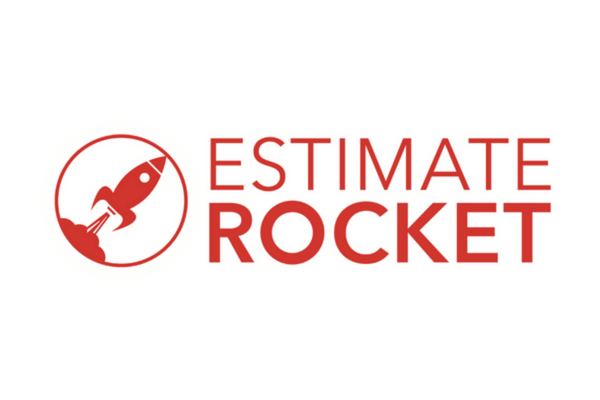PCA Articles

Maximize Your Profits
Get a Handle on Your Numbers
Before you can make improvements, it’s crucial to have a clear understanding of your financial metrics. Knowing your gross profit margin, net profit, and break-even point are fundamental steps to maximizing profitability.
Gross Profit Margin
This is the difference between your revenue and the cost of goods sold (COGS). Cost of goods sold includes
- Direct labor costs – this is what you pay for the labor (possibly including yourself) that is directly related to providing the services you charge for. Labor for: Painting, Lawn mowing, Insulating, Roofing, Carpentry, Digging, Building, Fixing, Wiring, Fencing and other services you provide.
- Direct material costs – this is what you pay for the materials required to perform the services you provide.
- Subcontractor expenses – amounts you pay subcontractors to perform the services you are providing to your end customer.
- A healthy gross margin typically ranges between 30% to 50% for service contractors. Regularly monitor this to ensure your projects are bringing in the expected profit.
- Net Profit – This is what’s left after all expenses are paid. Aiming for a net profit margin of 10% to 20% can set you up for sustainable growth.
- Break-Even Analysis – Knowing your break-even point helps you determine the minimum revenue needed to cover expenses. This clarity is vital when setting project prices.
Optimize Your Pricing Strategy
Pricing is often the most underutilized lever for increasing profitability. Many contractors undercharge due to fear of losing clients. However, setting your prices based on value rather than cost can transform your bottom line.
Operational inefficiencies are profit killers. Wasted time, poor communication, and manual processes can drain your resources. Streamlining your operations can reduce costs and increase profitability.
Invest in Project Management – Tools: Software solutions like Estimate Rocket help automate your workflow, from initial estimates to final invoicing. This reduces errors and speeds up your process, leading to quicker payments.
Adopt Lean Principles – The goal of lean principles is to eliminate waste in all forms. This could be time waste (waiting on materials), process waste (double data entry), or material waste (over-ordering supplies).
Improve Scheduling – Proper scheduling ensures you have the right crews on-site at the right time. Avoid delays by planning jobs efficiently and keeping your teams informed.
Increase Upsells and Cross-Sells
Maximizing profitability isn’t just about reducing costs—it’s also about increasing revenue per customer. Upselling and cross-selling are effective ways to boost your profits without acquiring new clients.
Upselling – Offer premium services or upgrades. For example, if you’re a painter, suggest high-quality paint or additional finishing touches for a better result.
Cross-Selling – Provide complementary services. If you’re a landscaper, offer seasonal maintenance packages or holiday lighting installation.
Bundle Services – Create service packages that offer more value. Bundling services can increase the average transaction value and provide a better deal for your clients.
Focus on Client Retention and Referrals
Acquiring a new customer is 5 to 10 times more expensive than retaining an existing one. By focusing on client retention and repeat business, you can increase your profitability without significant additional marketing costs.
Deliver Exceptional Service – Satisfied clients are more likely to return and refer others. Go the extra mile in service quality and communication.
Implement a Follow-Up System – Reach out to clients after a project is completed to ensure satisfaction. A simple follow-up can lead to repeat business or a referral.
Offer a Referral Program – Incentivize your clients to refer friends and family. A small discount or a gift card can be a great motivator.
Track KPIs and Continuously Improve
What gets measured gets managed. By tracking key performance indicators (KPIs), you can identify areas for improvement and make data-driven decisions that increase profitability.
Key KPIs to Track
- Conversion Rate – The percentage of leads that become paying clients. Aim for a conversion rate of 30% or higher.
- Job Cost Variance – The difference between your estimated costs and actual costs. A high variance indicates a need to review your estimation process.
- Labor Productivity – Measure the output of your crews. Higher productivity directly impacts your profit margins.
Maximizing profitability isn’t a one-time effort—it’s an ongoing process of refinement and strategic decision-making. By focusing on financial metrics, pricing strategy, operational efficiency, and client satisfaction, you can build a more resilient and profitable business.
The key is to use the right tools and stay proactive. With solutions like Estimate Rocket, you can streamline your operations, make smarter decisions, and ultimately boost your bottom line.
